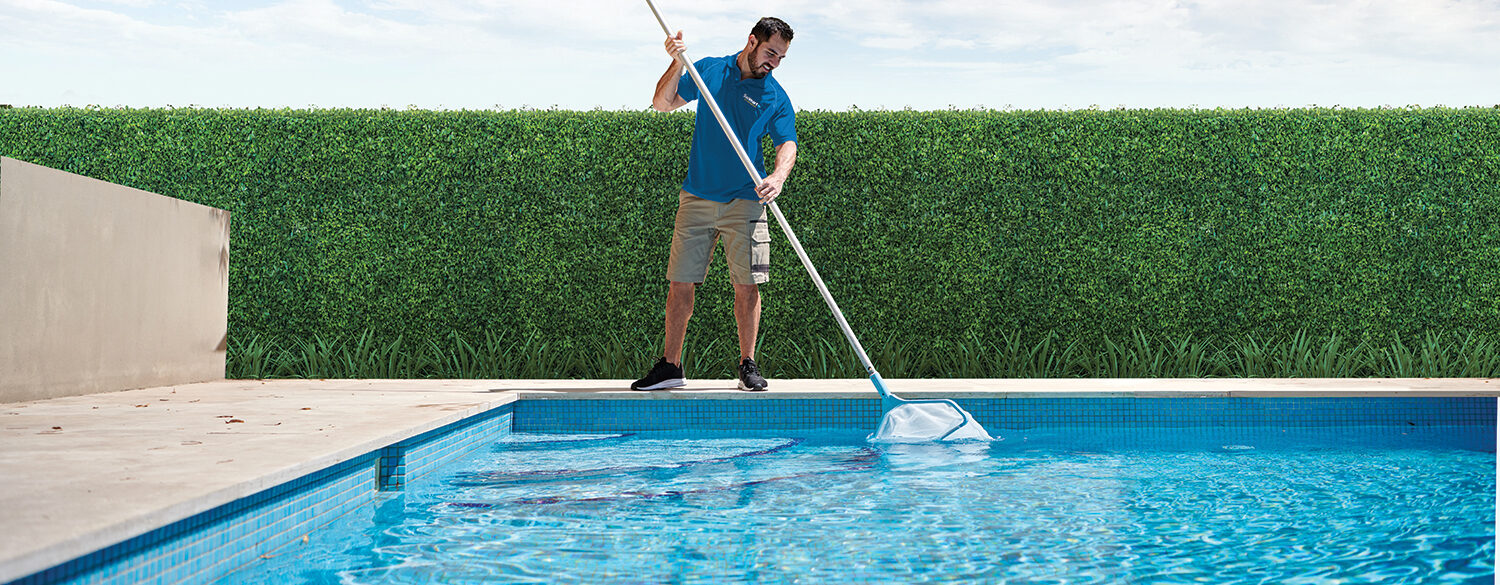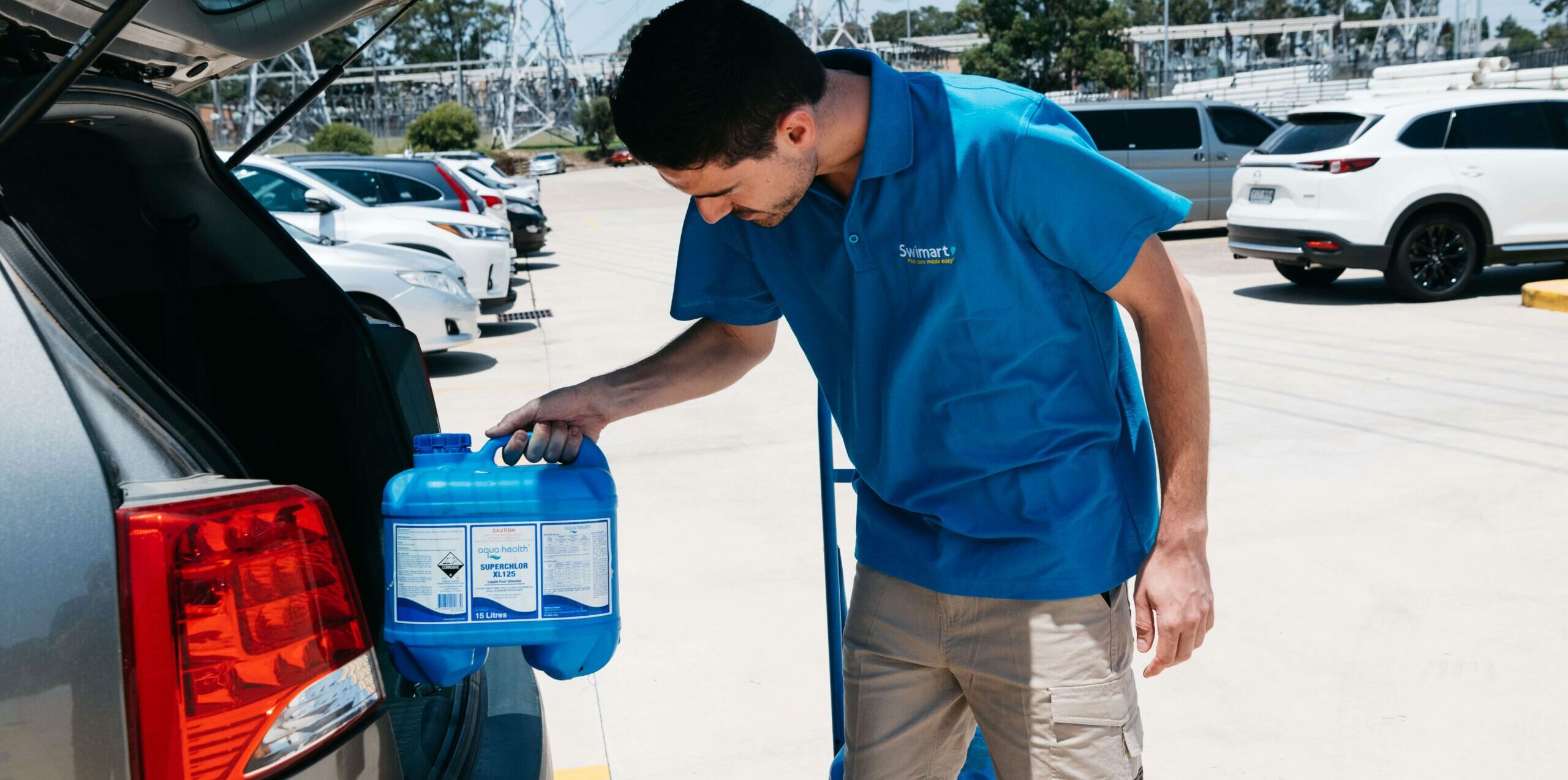General
Learn to Swim
8 January 2013
An essential life skill for kids and adults alike Introducing your child to water for the first time is an exciting milestone for both you and your little one. Learning to swim is an essential life skill that provides everyone with the opportunity to experience the joy of water and its benefits to wellbeing. Cameron […]
An essential life skill for kids and adults alike
Introducing your child to water for the first time is an exciting milestone for both you and your little one. Learning to swim is an essential life skill that provides everyone with the opportunity to experience the joy of water and its benefits to wellbeing.
Cameron Speechley, Swim Australia’s SwimPRO & SwimSAFER Manager, is no stranger to these benefits.
“Learning to swim, and having the freedom of choice to enjoy the water, is the most wonderful gift a parent could offer a child,” he says. “Not only will learning to swim from a young age, help make kids – and in time adults – safer when swimming, but it will assist children, in their social and physical development.”
Health and happiness
There is substantial evidence that shows children who are taught to swim from an early age show earlier signs of positive development in areas such as visual motor skills, mathematics and literacy than those that aren’t. Learning to swim can also boost a child’s confidence a great deal, helping them to interact with their peers and face day to day challenges.
In addition to these research findings from the Griffith Institute for Educational Research, Cameron’s 30 years’ experience as a swim coach and instructor (10 of those as owner and manager of several swim schools) has led him to believe introducing infants to water as soon as you can is an important step towards helping them acquire a useful skill for life.
“The Australian Swimming Coaches and Teachers Association (ASCTA) recommends infants can start a formal program at four months of age,” he says. “This is enough time to allow a medical history to develop, the infant’s immune system to strengthen, and bonding to occur with the primary caretaker.”
Why go professional?

Although some may remember their childhood swimming lessons comprising a parent just popping them in the water with floaties, seeking professional lessons for your own child is definitely the way to go.
“Like all professions, learn to swim teachers require extensive training to perfect their trade; and when you’re talking about the safety of your child when learning to swim, why would you take a risk, and enlist anyone else?” says Cameron. “Learning to swim should be a skill children learn as soon as possible, under the guidance of a qualified teacher and a swim school registered with Swim Australia.”
A notable benefit of using professional learn to swim services is that you can be sure your child is being taught not only by someone who is highly skilled, but also passionate about what they do.
“The thing that gives me the biggest buzz is seeing children develop from non-swimmers, to eventually have the swimming and water safety skills where they are safer, more confident and have developed a love and respect for the water,” says Cameron. “We will never truly know how many young lives are saved each year because they have been taught fundamental swimming and water safety skills.”
Get practicing

Your backyard pool can provide a non-confronting, familiar environment in which your child can practice their newfound swimming skills. Being in a home environment with their parents/carers can strengthen the bond between family members, plus children’s confidence in the water grows.
“As children grow older and their skill level increases, the backyard pool provides an ideal ‘play’ zone,” Cameron says. “During play periods, children will practice and learn many skills and theories – many times without even realising!”
Having a backyard pool where you can help your child practice what they have learnt in their swimming lessons helps your young one to become familiar with the way their body interacts with water. In doing this, their confidence will grow.
“Many backyard pools have steps, ledges or other shallow areas that are perfect for teaching children to relax and gain independence,” says Cameron. “Basic breath control, floating and kicking techniques can all be practiced initially in the shallow water.”
For the big kids too

Swimming isn’t a skill that can only be learnt during your younger years; for those who missed out on proper lessons as a kid or aren’t as confident in the water as they would like to be, it’s a great idea to book yourself in for some lessons.
“For many adults, they are hesitant to admit they have poor or no swimming skills, and it is even harder for them to take the step to have professional swimming lessons,” says Cameron. “Many professional instructors are well versed in dealing with an adult’s initial phobias and lack of water confidence. They are able to build confidence and skill level through the practicing and acquisition of some very basic movement patterns.”
Acquiring confidence in the water will help you become a positive role model for your children, and will open up a lot of opportunities for you to further bond with your child in water-based activities.
Cameron says the key thing to remember as an adult learning to swim is to keep at it.
“The most important aspect for adults seeking to increase confidence and ability, is to attend classes on a regular basis - potentially even one on one sessions - and be accepting that it could potentially take some time for it all to ‘come together’.”
Swim Australia’s top tips for choosing the right swim school
- Is the centre and its staff appropriately qualified and accredited by a reputable authority, for example Swim Australia?
- Does the centre have a good reputation – whether through friends or online?
- Is the swim school welcoming, friendly, and are the staff approachable?
- Is the centre well maintained, are the facilities, pool and equipment clean?
- Will the classes cater for your child and their needs?
- Is the curriculum developmentally appropriate, allowing for children to progress at their own rate - e.g., smaller class numbers, and short lessons no longer than 30 minutes for youngsters?
- Does the centre have flexibility in rescheduling classes, and are the class times appropriate for your child?
- Does the class encourage parental involvement? (Babies need a parent/carer in the water providing physical and emotional support, until around 2 or 3 years of age)
- Does the swim school offer water safety education material for parents?
For more information, visit www.swimaustralia.org.au.
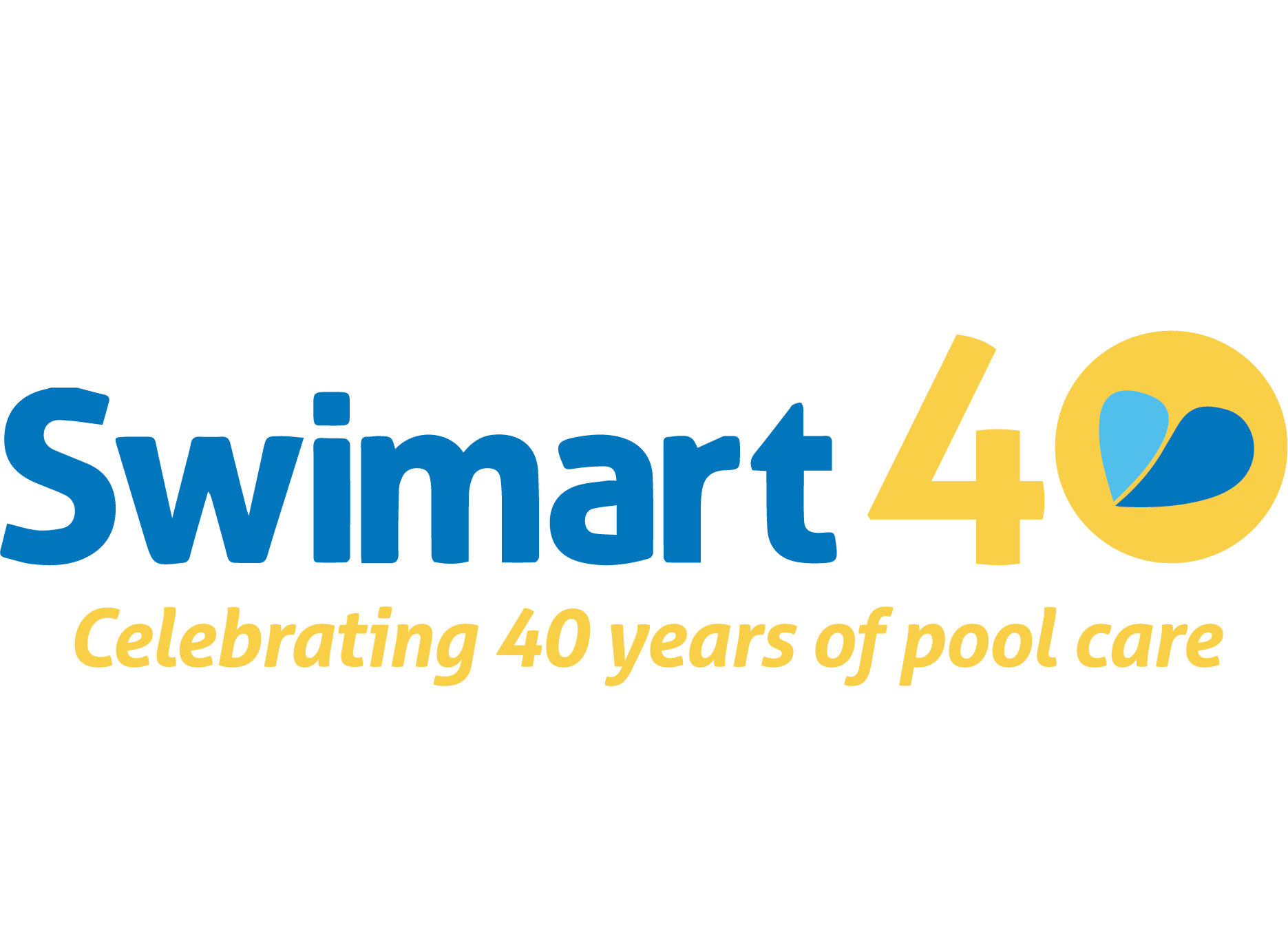
 AUS
AUS NZ
NZ 
